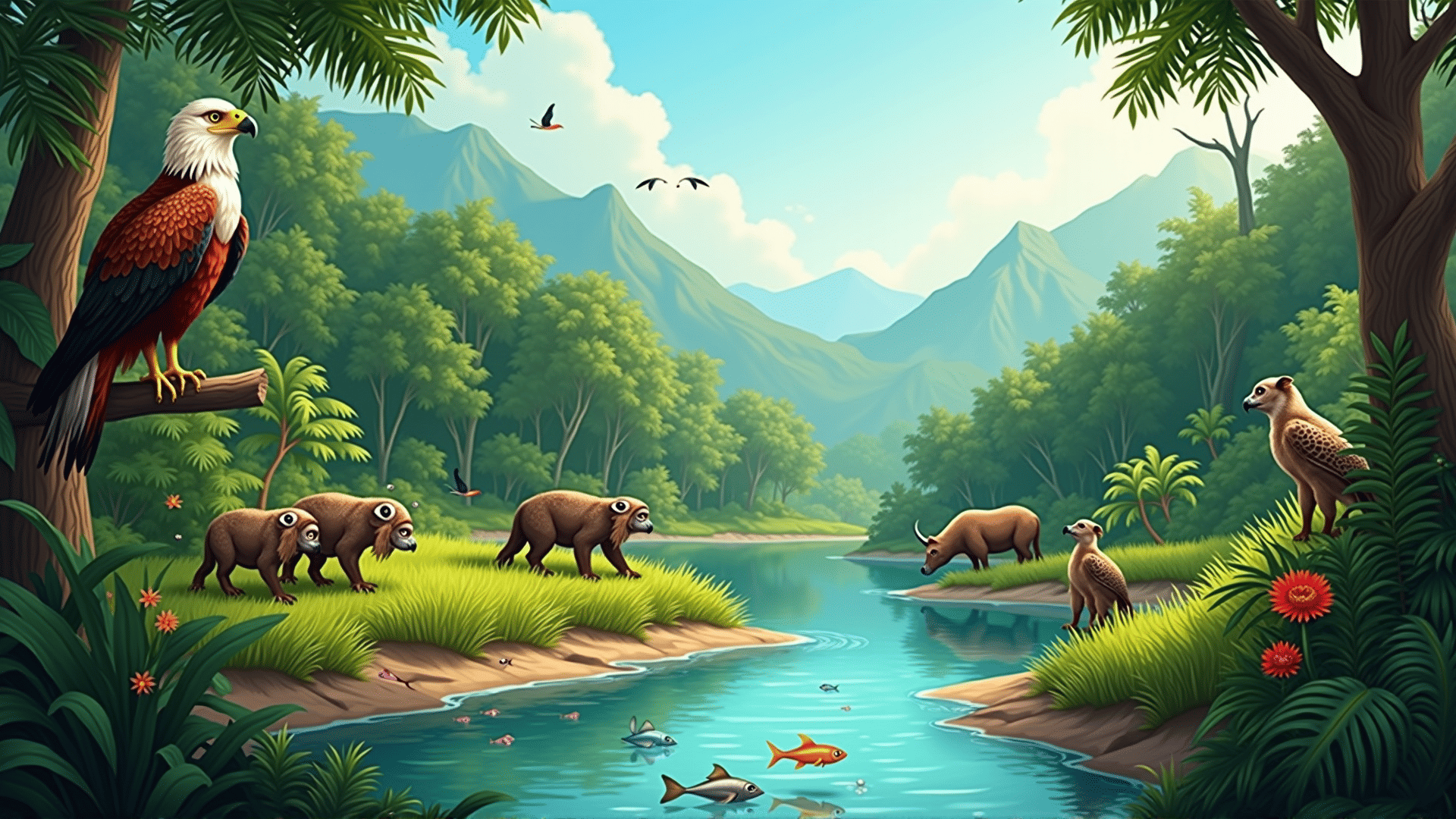The Philippines is a treasure trove of diverse life forms, boasting a vast array of plant and animal species that are unique to its islands. This rich biodiversity not only contributes to the natural beauty of the archipelago but also plays a vital role in maintaining ecological balance. As stewards of this natural wealth, various initiatives across the country are being implemented to ensure its preservation for future generations.
One of the primary efforts in protecting the Philippines' biodiversity involves the establishment and management of protected areas. These include national parks, marine reserves, and wildlife sanctuaries that serve as safe havens for threatened species. By safeguarding these environments, conservationists can protect critical habitats from destructive activities such as illegal logging, mining, and unregulated tourism.
Community involvement plays a crucial role in these conservation efforts. Local communities are often the first line of defense in protecting their natural surroundings. Programs that engage and empower these communities have been instrumental in promoting sustainable practices. By providing education and alternative livelihood opportunities, these programs help reduce the reliance on resources that could otherwise threaten local ecosystems.
Another significant initiative is the rehabilitation of degraded environments. Reforestation projects, for instance, aim to restore the lush forests that once flourished across the islands. Similarly, efforts to rehabilitate coral reefs and mangrove forests are underway, focusing on increasing the resilience of these ecosystems. Such initiatives not only benefit biodiversity but also support local economies by preserving the natural resources upon which many communities depend.
Research and monitoring are key components in understanding biodiversity and the challenges it faces. Scientific studies provide the data needed to track species populations and health, assess threats, and develop effective strategies for conservation. Collaborations between government bodies, non-governmental organizations, and academic institutions ensure that these efforts are comprehensive and informed by the latest research.
Furthermore, education and awareness campaigns play a vital role in fostering a culture of conservation in the Philippines. By increasing public understanding of the importance of biodiversity, these campaigns motivate individuals to become active participants in its protection. Schools, community groups, and media outlets work together to highlight the interconnectedness of human and environmental health, encouraging environmentally friendly behaviors.
In essence, safeguarding the biodiversity of the Philippines is a collective responsibility that requires cooperation and commitment from all sectors of society. Through protected areas, community engagement, ecosystem rehabilitation, scientific research, and education, the country is taking comprehensive steps to ensure its natural heritage thrives. As these efforts continue to evolve and grow, they lay the foundation for a sustainable future where nature and people coexist harmoniously.
